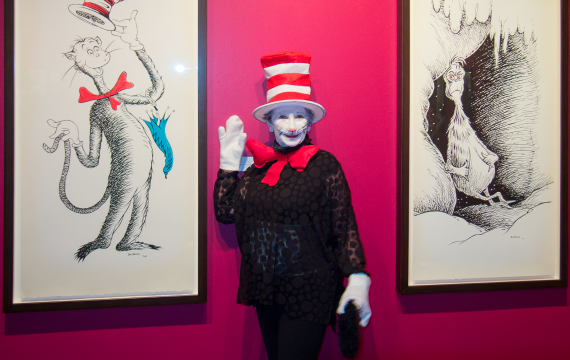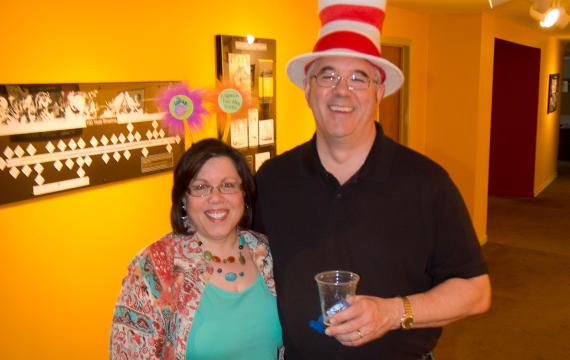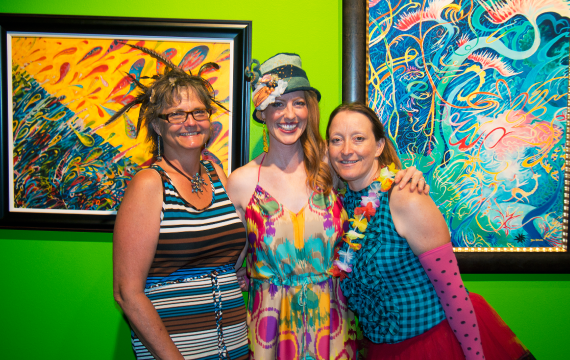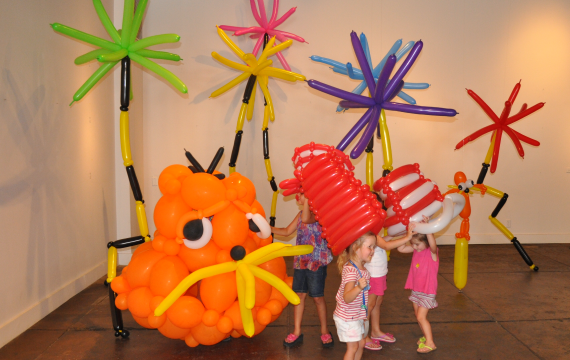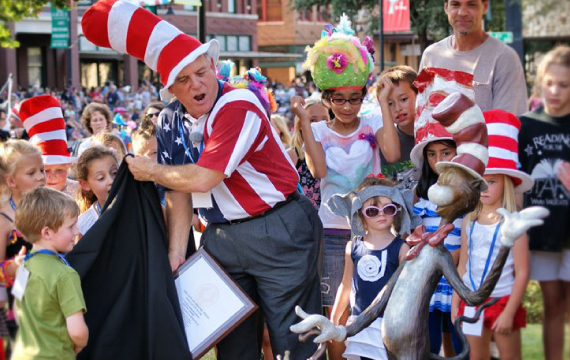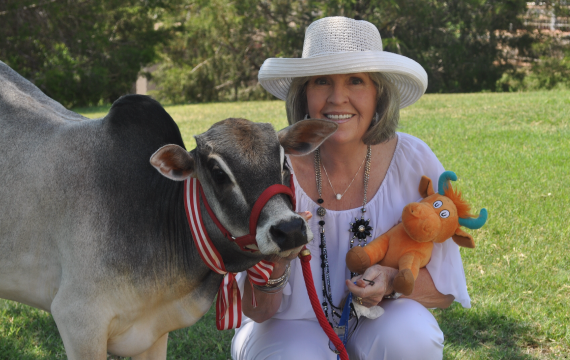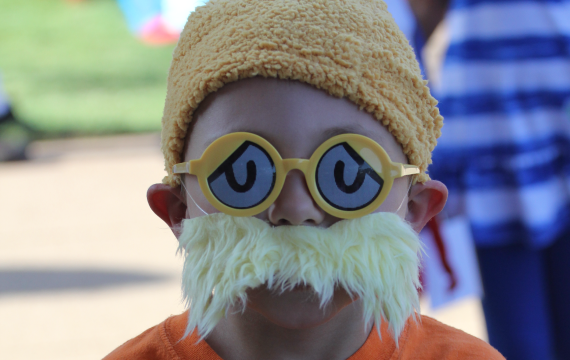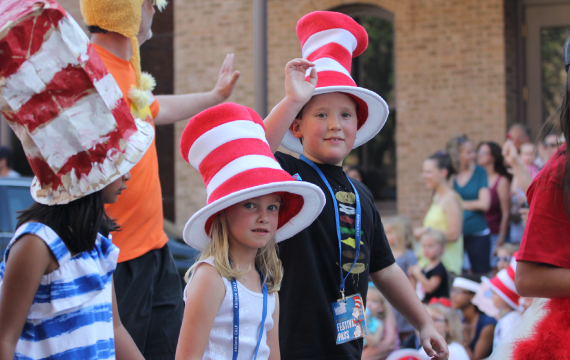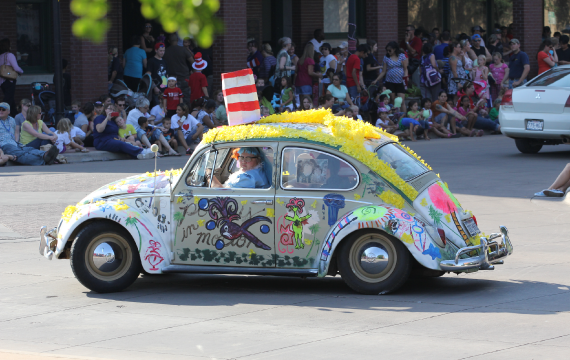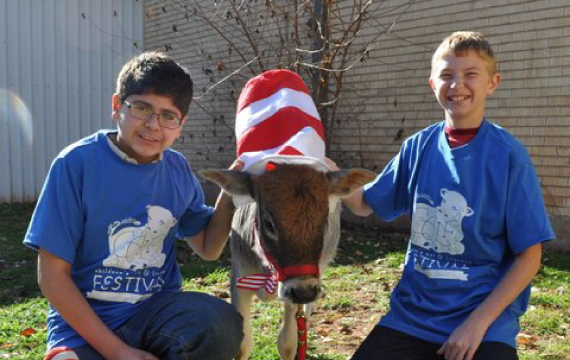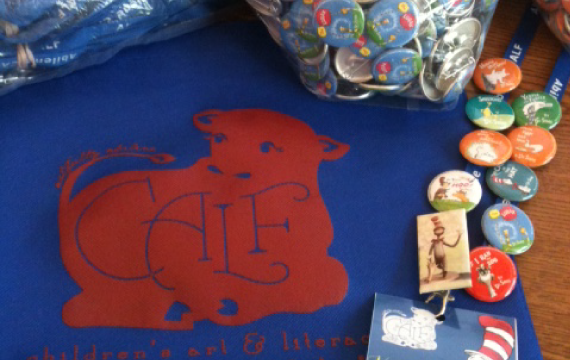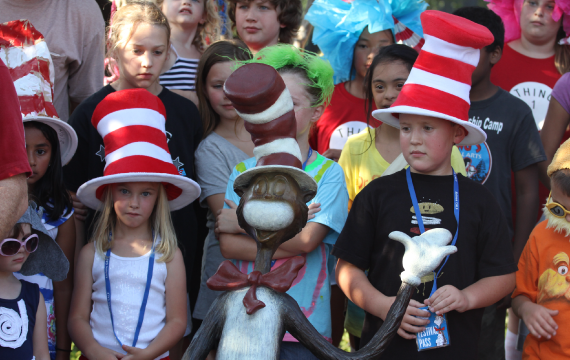Dr. Seuss
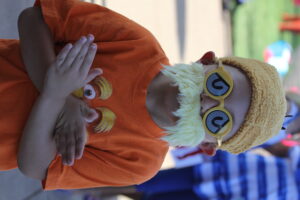
Theodor Seuss Geisel, better known to the world as the beloved Dr. Seuss, was born in 1904 in Springfield, Massachusetts. Ted’s father, Theodor Robert, and grandfather were brewmasters. His mother, Henrietta Seuss Geisel, often soothed her children to sleep by “chanting” rhymes remembered from her youth. Ted credited his mother with both his ability and desire to create the rhymes for which he became so well known.
The influence of Ted’s memories of Springfield can be seen throughout his work. Drawings of Horton the Elephant meandering along streams in the Jungle of Nool, for example, mirror the watercourses in Springfield’s Forest Park from the period. The fanciful truck driven by Sylvester McMonkey McBean in The Sneetches could well be the Knox tractor that young Ted saw on the streets of Springfield. In addition to its name, Ted’s first children’s book, And to Think That I Saw It On Mulberry Street, is filled with Springfield imagery, including a look-alike of Mayor Fordis Parker on the reviewing stand, and police officers riding red motorcycles, the traditional color of Springfield’s famed Indian Motocycles.
Ted left Springfield as a teenager to attend Dartmouth College, where he became editor-in-chief of the Jack-O-Lantern, Dartmouth’s humor magazine, signing his work as “Seuss.” This is the first record of the “Seuss” pseudonym, which was both Ted’s middle name and his mother’s maiden name.
To please his father, who wanted him to be a college professor, Ted went on to Oxford University in England after graduation. However, his academic studies bored him, and he decided to tour Europe instead. Oxford did provide him the opportunity to meet a classmate, Helen Palmer, who not only became his first wife, but also a children’s author and book editor.
After returning to the United States, Ted began to pursue a career as a cartoonist. Viking Press offered him a contract to illustrate a collection of silly children’s sayings called Boners, which also meant “bloopers.” Although the book was not a commercial success, the illustrations received great reviews, providing Ted with his first “big break” into children’s literature. It took a great deal of persistence, however, to publish the first book that he both wrote and illustrated, And to Think That I Saw It On Mulberry Street. It was rejected 27 times before being published by Vanguard Press.
The Cat in the Hat, perhaps the defining book of Ted’s career, developed as part of a unique joint venture between Houghton Mifflin (Vanguard Press) and Random House. Houghton Mifflin asked Ted to write and illustrate a children’s primer using only 225 “new-reader” vocabulary words. Because he was under contract to Random House, Random House obtained the trade publication rights, and Houghton Mifflin kept the school rights. With the release of The Cat in the Hat, Ted became the definitive children’s book author and illustrator.
At the time of his death on Sept. 24, 1991, Ted had written and illustrated 44 children’s books, including such all-time favorites as Green Eggs and Ham, Oh, the Places You’ll Go! Fox in Socks and How the Grinch Stole Christmas! His books have been translated into more than 30 languages. Over 200 million copies had found their way into homes and hearts around the world.
Besides the books, his works have provided the source for 11 children’s television specials, a Broadway musical and a feature-length motion picture. Other major motion pictures are on the way.
His honors included two Academy awards, two Emmy awards, a Peabody award and the Pulitzer Prize.
Photo Gallery
Video

